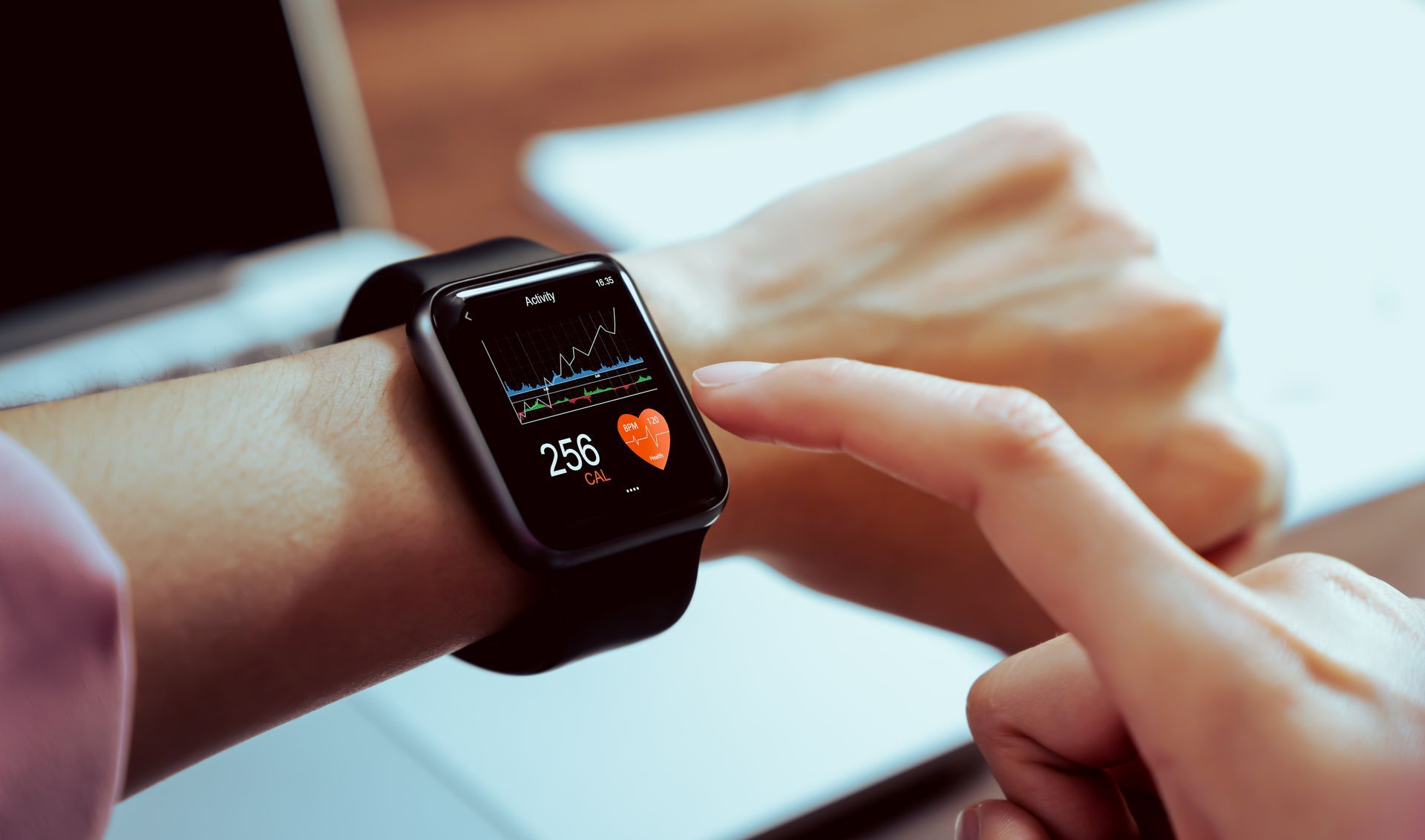The Ultimate Personalization: How Digital Twins Are Revolutionizing Your Healthcare
For decades, medicine has operated on a foundation of averages. We rely on clinical trials that tell us how a drug affects the "average" person, and we follow treatment protocols designed for a broad population.
But as any clinician knows, there is no such thing as an "average" patient. Each person is a unique combination of genetics, environment, and lifestyle.
What if we could change that? What if we could test a new heart valve on your specific heart before surgery? Or simulate five different cancer treatments on your specific tumor to see which one works best, all without you ever taking a single dose? This is the promise of the digital twin: a dynamic, living, and personalized virtual model of a patient.
If It's Not a New Idea, Why Talk About It Now?
The concept of a "digital twin" is not new. It has been used for decades in advanced manufacturing and aerospace to model complex machines like jet engines. So why is it suddenly one of the most talked-about topics in health tech?
The answer is convergence. For the first time, three powerful forces are maturing at the same time:
- Massive Data: We now have oceans of data from EHRs, rich genomic sequencing, and medical imaging.
- Constant Data: The explosion of wearables and remote patient monitoring devices provides a continuous, real-time stream of data about an individual's physiology.
- Powerful AI: We finally have the advanced artificial intelligence and computational power to make sense of all this data, building and running simulations that were impossible just a few years ago.
This convergence is moving digital twins from a futuristic concept, and evolving into a practical clinical tool.
The Volcano in Your Computer
When I explain this concept, I often use an analogy that seems to resonate. Think about scientists trying to understand a volcano. They cannot safely trigger a real eruption just to study it. That would be impossible and catastrophic. Instead, they build a highly complex computer model of that specific volcano. They feed it real data: magma pressure, ground tremors, gas emissions, and geological structures. This model allows them to run simulations. They can ask "what if" questions. What if the pressure increases by 10%? What if a fissure opens on the north flank? This simulation allows them to test scenarios and predict a real eruption, all without any real-world risk.
Now, apply this exact logic to the human body, which is infinitely more complex than a volcano. We cannot ethically or safely test ten different interventions on a live patient. But we can test them on their digital twin.
Where Virtual Patients Are Already Making a Real-World Impact
This is not just theory. Digital twins are actively being used to improve outcomes.
- In Cardiology: The Dassault Systèmes "Living Heart" project creates highly accurate, personalized heart models. This allows cardiologists to test how a specific patient's heart will react to a new device, like a stent or valve, before it is ever implanted. Similarly, FEops HEARTguide helps clinical teams predict how a transcatheter aortic valve implantation (TAVI) device will interact with a patient's unique anatomy, helping them choose the right size and position to avoid complications.
- In Hospital Operations: Beyond individual patients, Karolinska University Hospital in Sweden has utilized digital twins to optimize its surgical workflows. By simulating the flow of patients, staff, and resources, they can identify bottlenecks, improve scheduling, and ensure operating rooms are used more efficiently.
The Hurdles on the Horizon
As with any revolutionary technology, the path forward has significant challenges.
- Data Integration: Building an accurate twin requires pulling vast amounts of different data from siloed systems.
- Computational Cost: Running these complex simulations requires enormous processing power.
- Validation and Ethics: How do we "validate" a digital twin? How do we know it is accurate enough to base life-or-death decisions on? And who owns your virtual data? These are critical questions we must answer.
The digital twin represents the ultimate destination for personalized medicine. It is not a tool to replace the clinician, but a powerful new instrument to inform their judgment. The goal is no longer just to treat the average patient, but to provide precise, predictive, and personal care for the individual patient. And it all starts with building the virtual you.
#StayCrispy
-Dr. Matt




